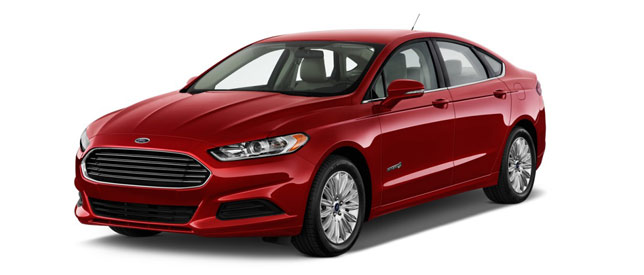Ford Fusion Diesel Engine Review
 22
Mar
17
22
Mar
17
Ford Fusion is a smart supermini with raised seating position, excellent driving experience, and decent space inside
Introduction:
The Ford Fusion was thought to be a competitor the best supermini MPVs, like the grand Honda Jazz and the elegant Nissan Note. And while it traded in profitable numbers for Ford (largely appreciations to the company’s large dealer network) it failed to dare the class leaders in any respect whatsoever. Based on the earlier generation of the Fiesta, it did at least suggest a certain amount of practicality along with a decent amount of space inside, even though for an MPV it wasn’t chiefly multi-purpose. After a decade-long run, manufacture of the Fusion came to a halt in 2012.
Engines and their Outputs:
There are two petrols and two diesels found in the Ford Fusion range. Both 1.4 and 1.6 petrols are efficient, smooth and quiet in town, though they sound harsh on the motorway. The active 1.4 is the better bet, as it yet has enough pep for most motorists and is more reasonable. The 1.4-TDCi Diesel Engine isn’t a sizzling hatch, but it’s better than the expensive 1.6 TDCi. The Fusion is created on the old Fiesta, so is generally accurate and good to drive, but the raised body simply means there is more roll in the bends and corners, and the car’s ride is very stable.
MPG, CO2 and Running Costs:
You can assume the Ford Fusion to have alike running costs to a Fiesta, which means a Honda Jazz or Nissan Note will be inexpensive to run. Diesel forms are skilled of returning around 60mpg, but they do charge more than their petrol brothers, so make it very sure you are doing enough miles to compensate. Residual values are rather on the low side. If you want to purchase a supermini-MPV that holds onto its money, the decent Honda Jazz is the preference in this class. As for equipment, even plain Style+ models have rational equipment, involving electric windows and mirrors, air-con, a heated windscreen and CD/stereo.
Interior:
The Ford Fusion is an elevated style of the previous-generation Fiesta, along with an extended roofline and semi-estate car-style tail. It wasn’t really good looking even matched to rivals from 10 years ago, and is outmoded today – surely when compared to the current Fiesta. Mid-spec Zetec versions appear the best along with sporty body-colored bumpers, alloy wheels and sharp fog lights, but the Honda Jazz and Nissan Note are both much more trendy designs. The cabin is best termed as durable, along with hard-wearing plastics and stout functionality. It’s not fresh or stylish like the latest Fiesta, and doesn’t have the excellence feel of a Jazz.
Practicality, comfort and boot space
This is actually where the Ford Fusion really dissatisfies. It should be more flexible and roomy than the average supermini, but while there’s a little bit more luggage room and headroom than the hot Fiesta, there’s no sliding bench identical in the Nissan Note – all the back seats do is split and fold. Nevertheless, a low lip means it is stress-free to load shopping bags into the boot, while there aren’t many cubbyholes up front for hiding the phones and coins. The position of driver is slightly raised over a Fiesta, which makes getting in and out much easier and permits a better view. However, the steering doesn’t have reach regulation, so it’s not as comfy as more modern cars.
Reliability and Security:
The Fusion is no doubt, a safe car, despite its age. It notched a four star rating in the Euro NCAP crash tests, while all of the Fusion variants have front airbags – you’ll have to pay some extra for side and curtain airbags, as well as for stability control.